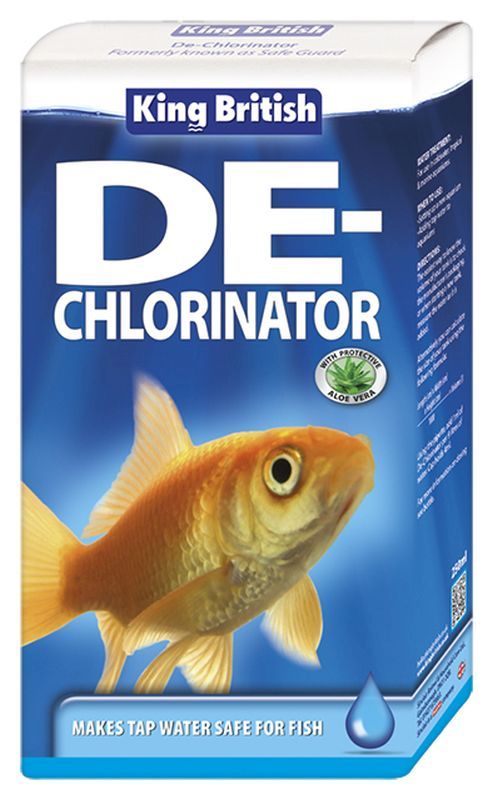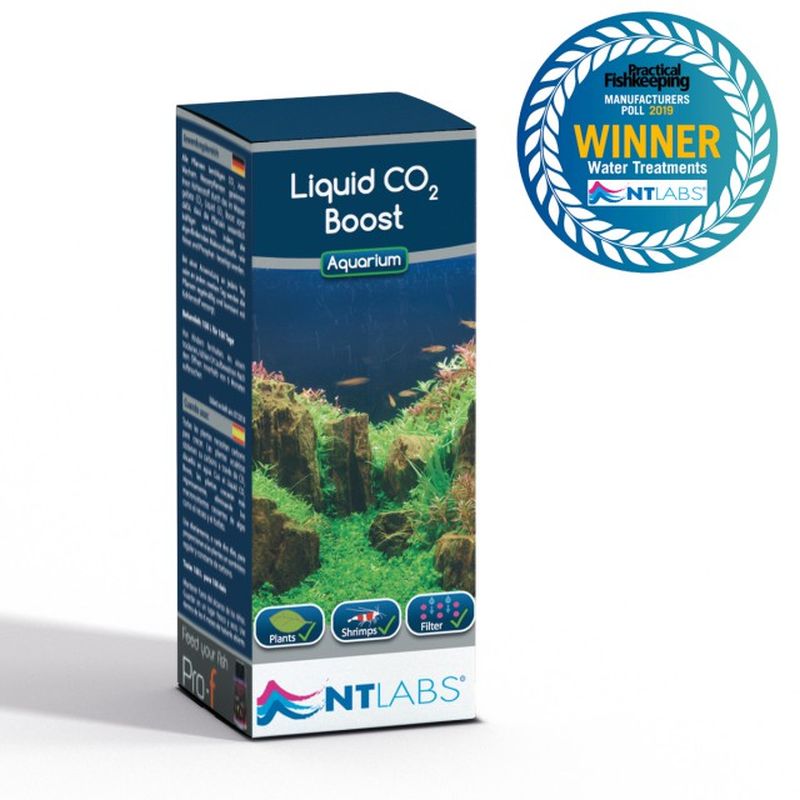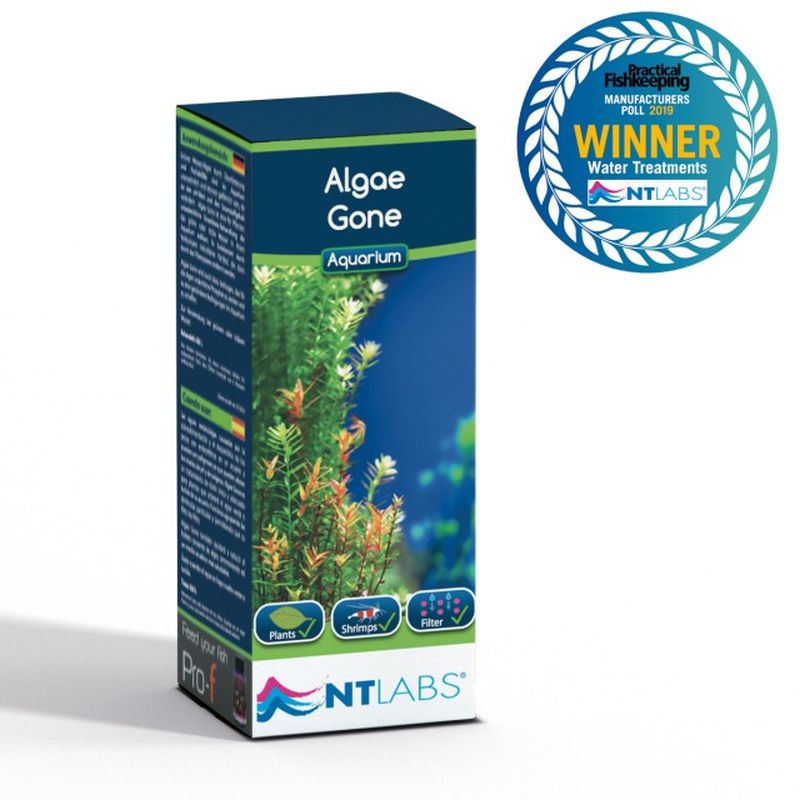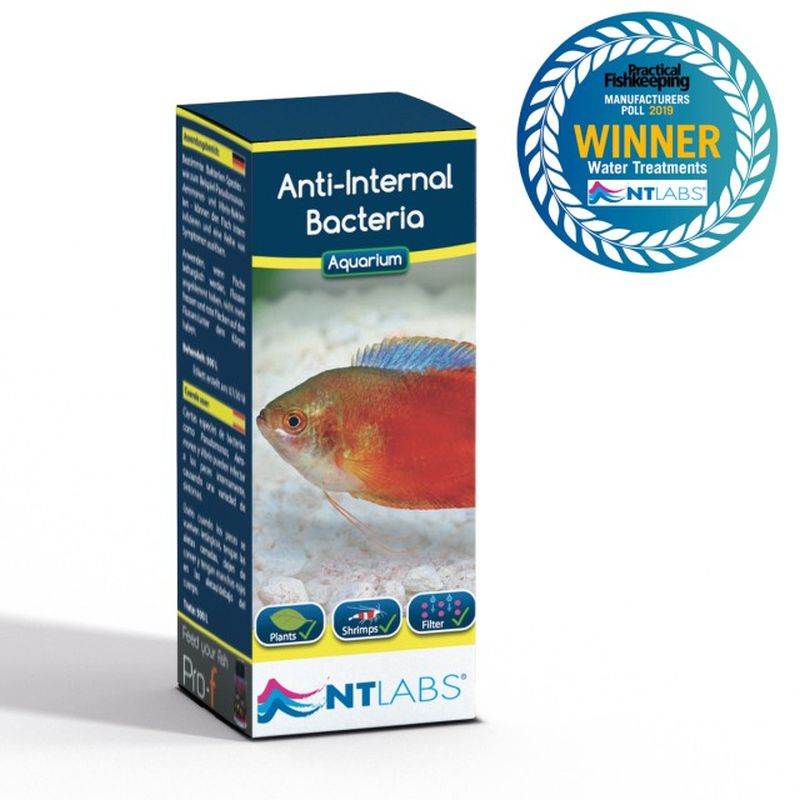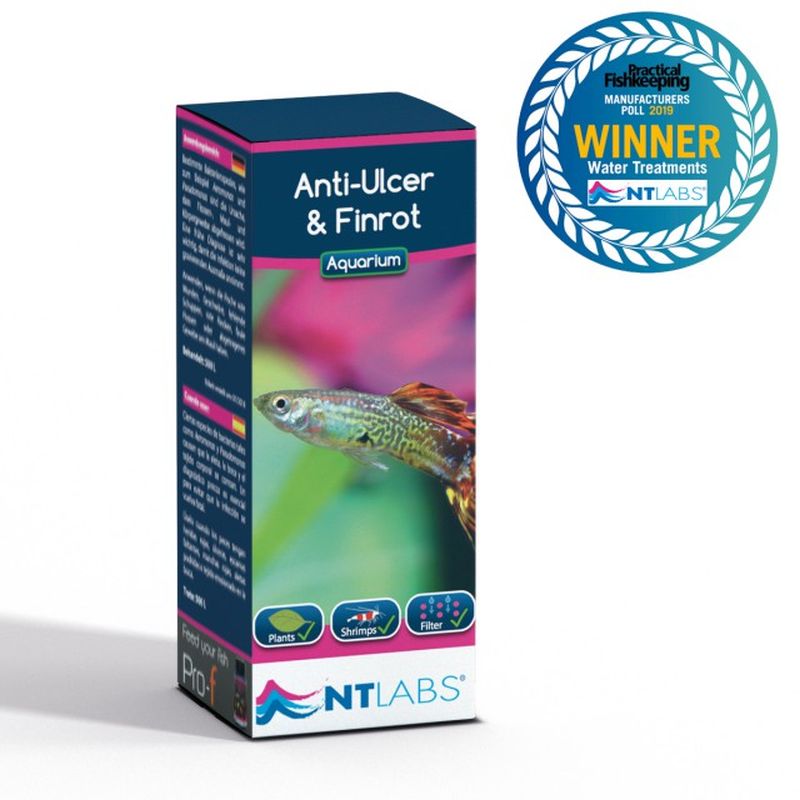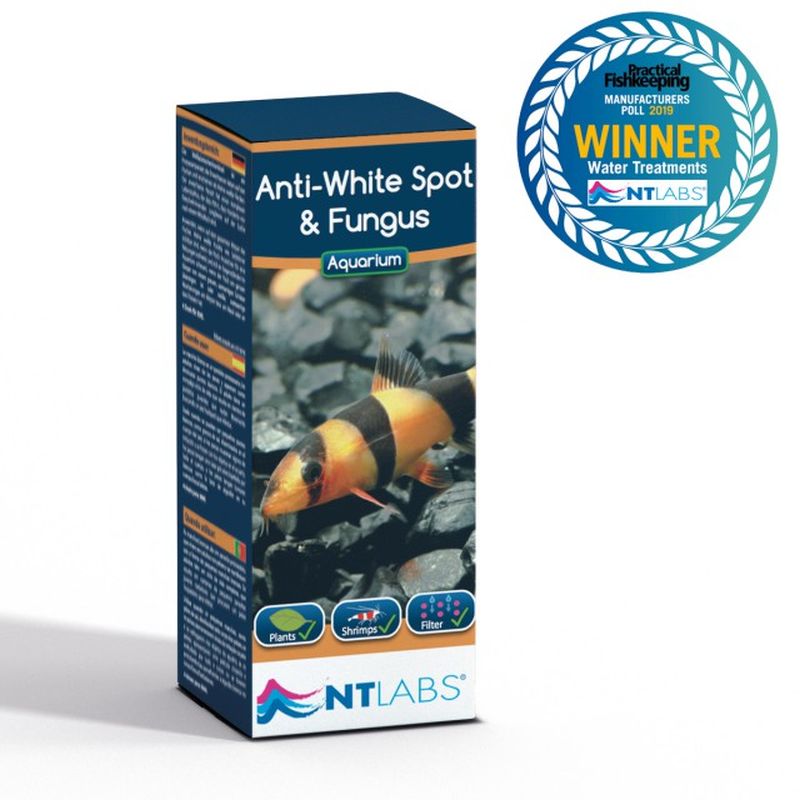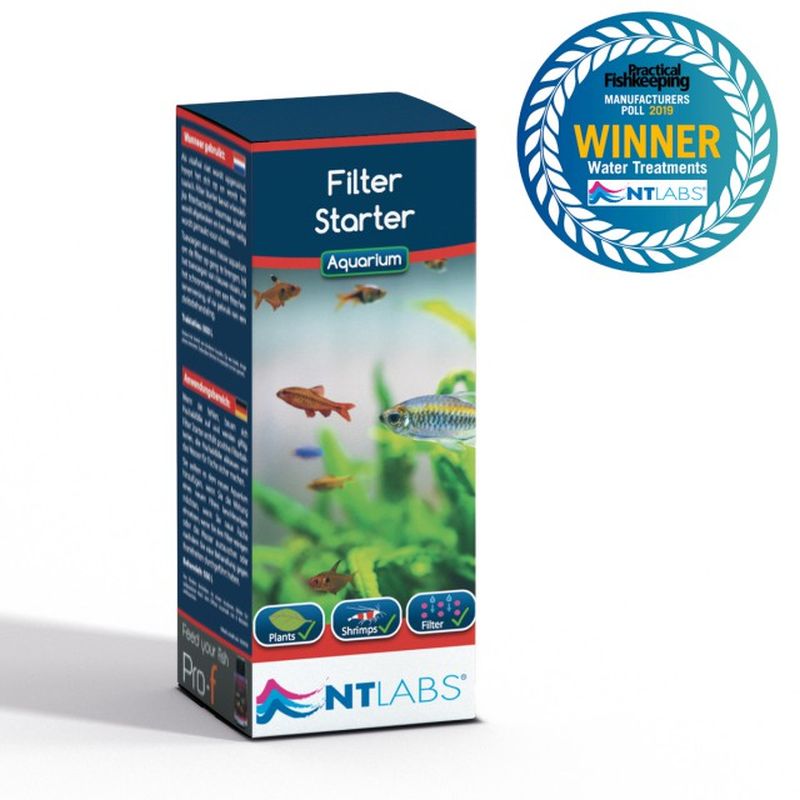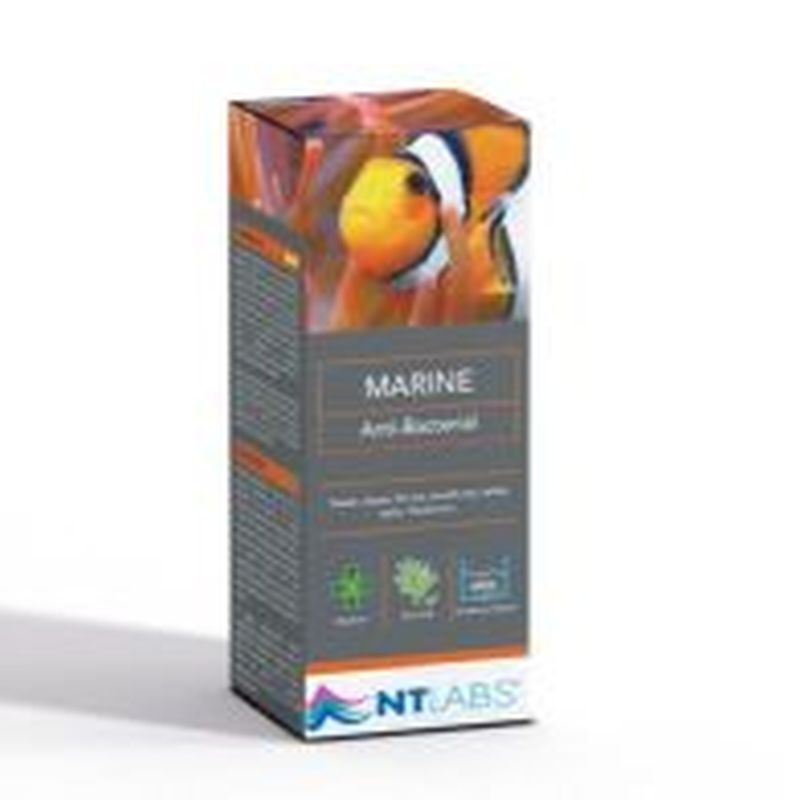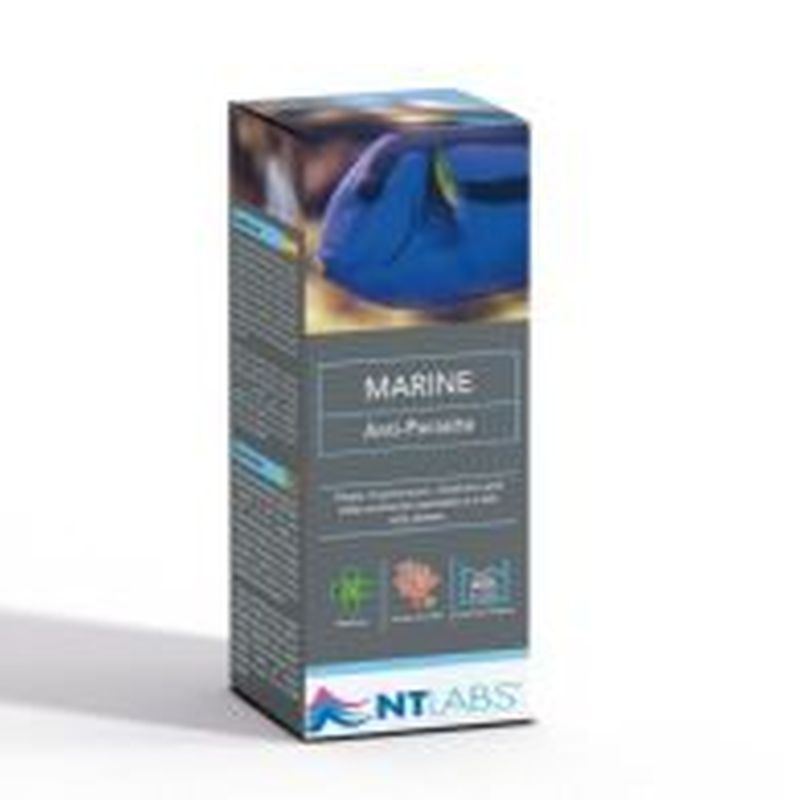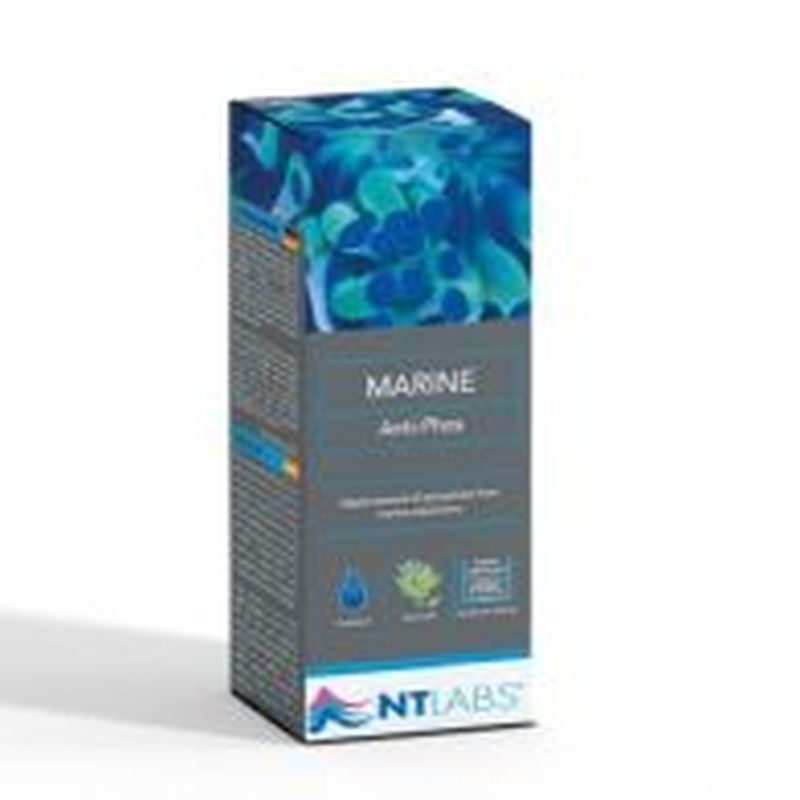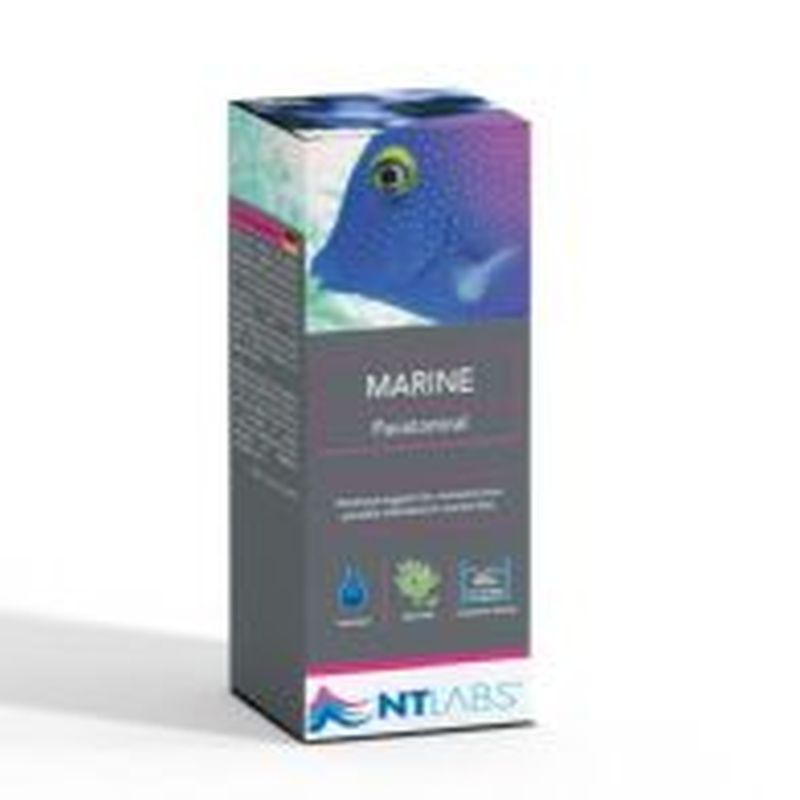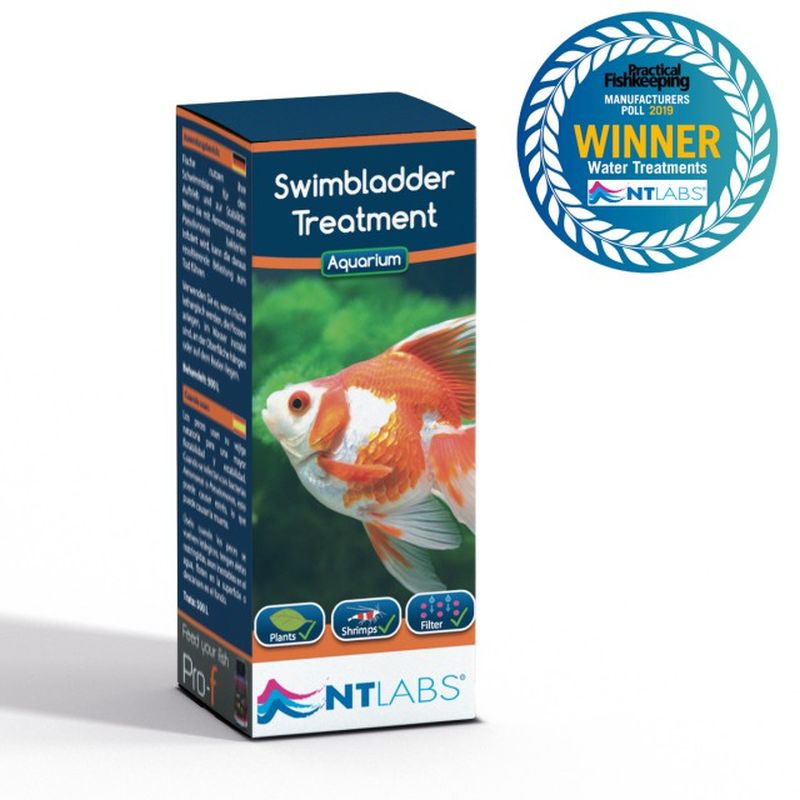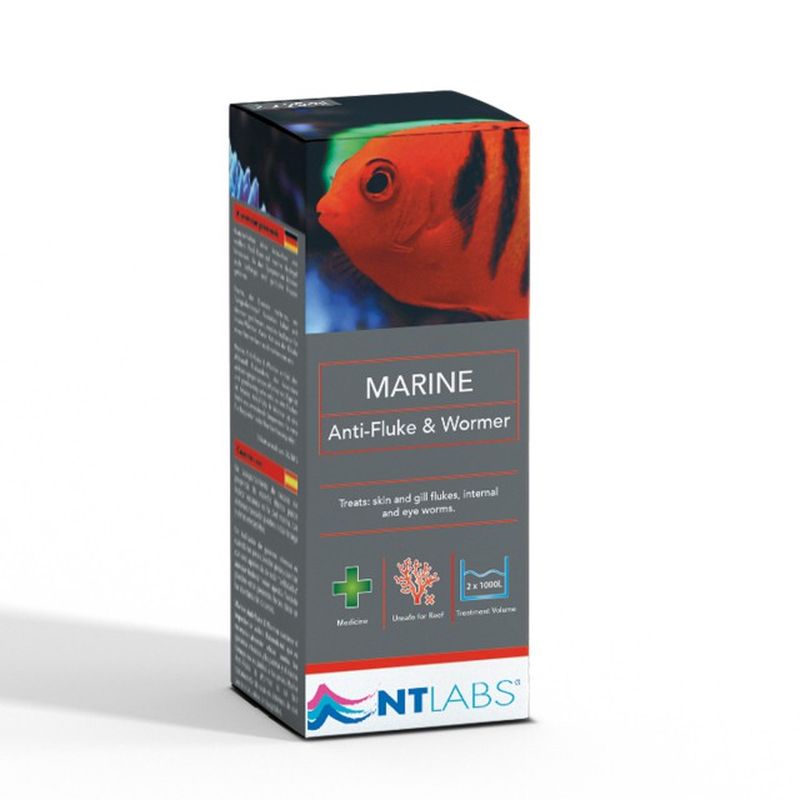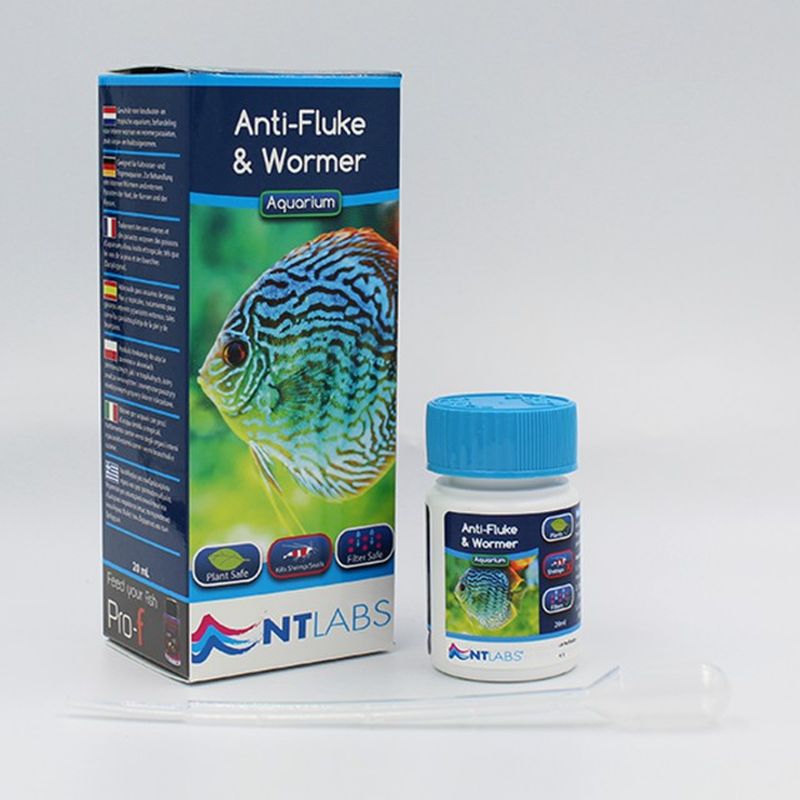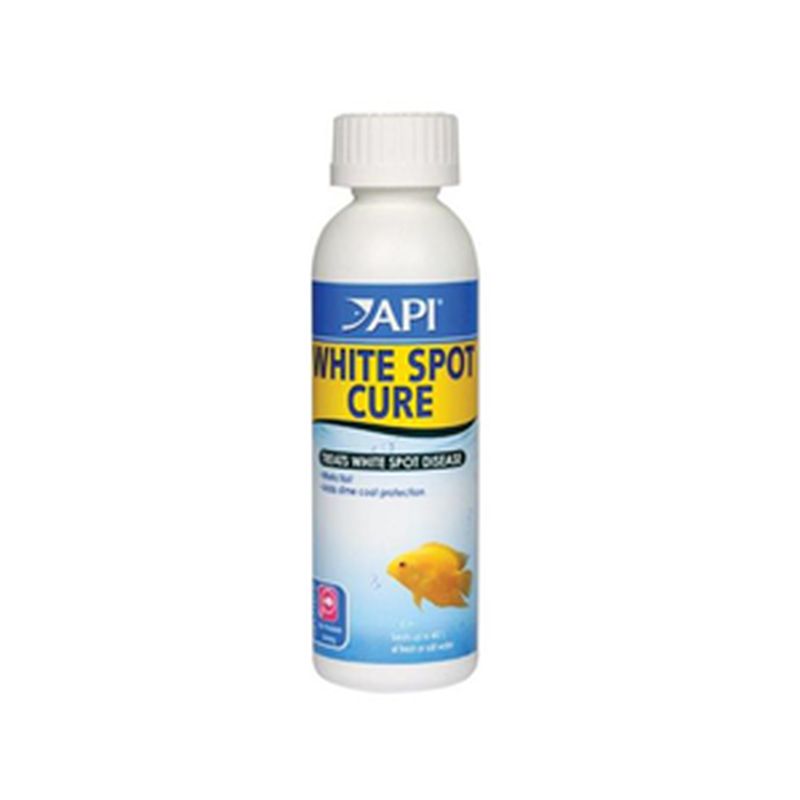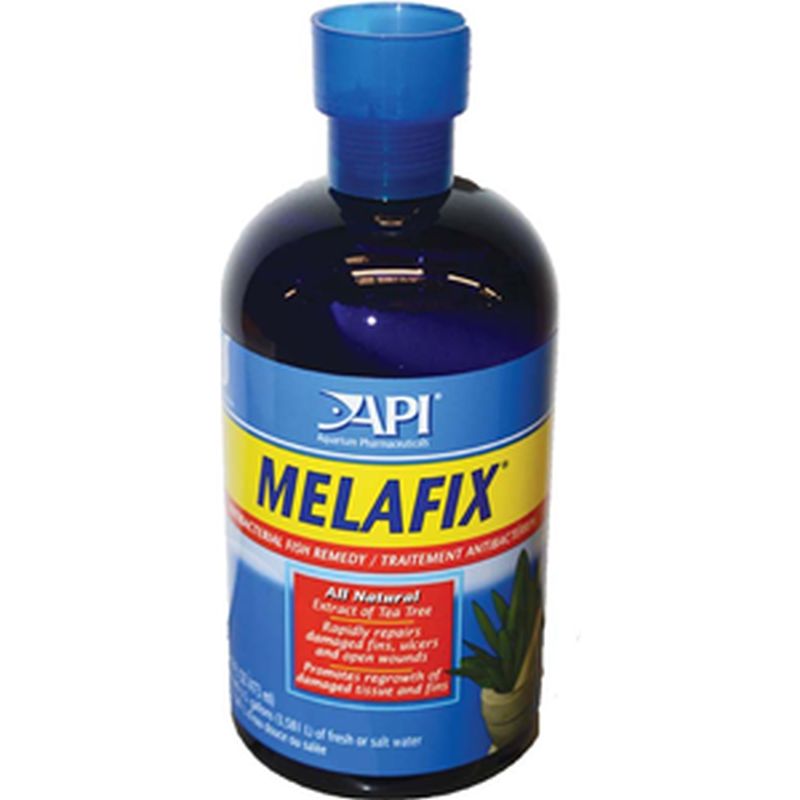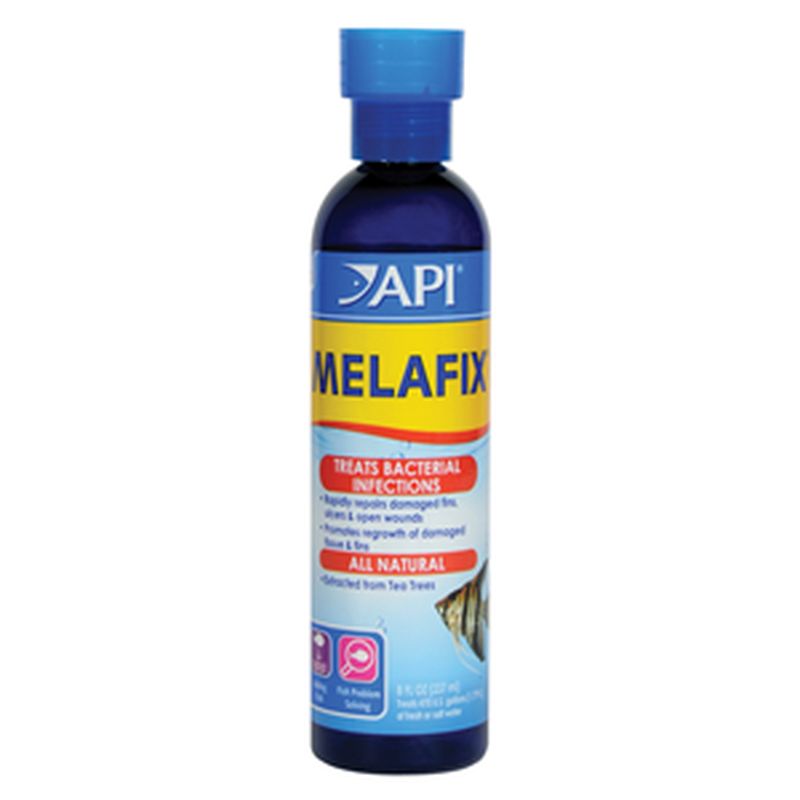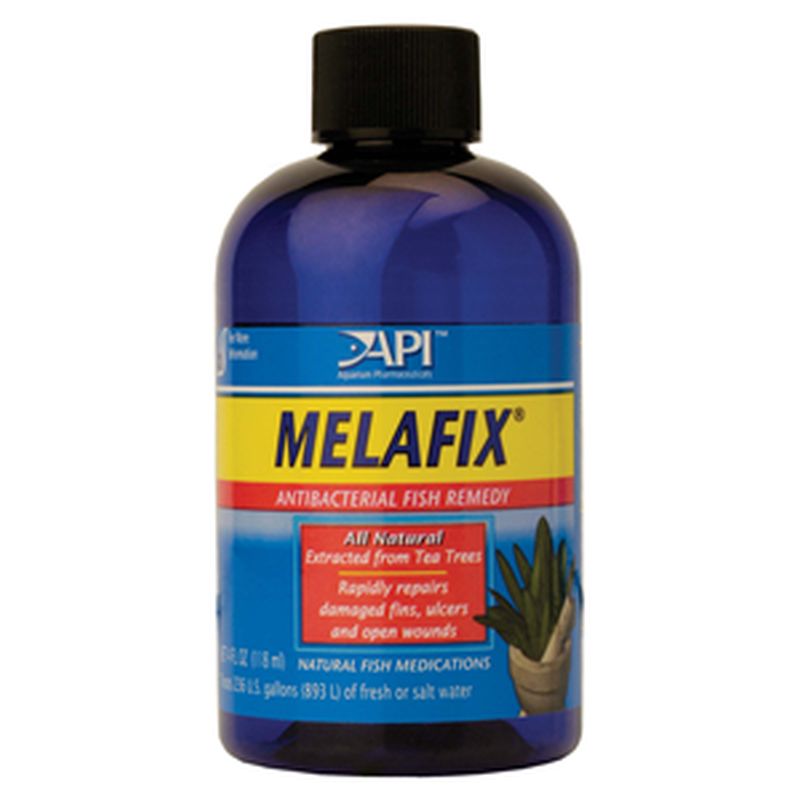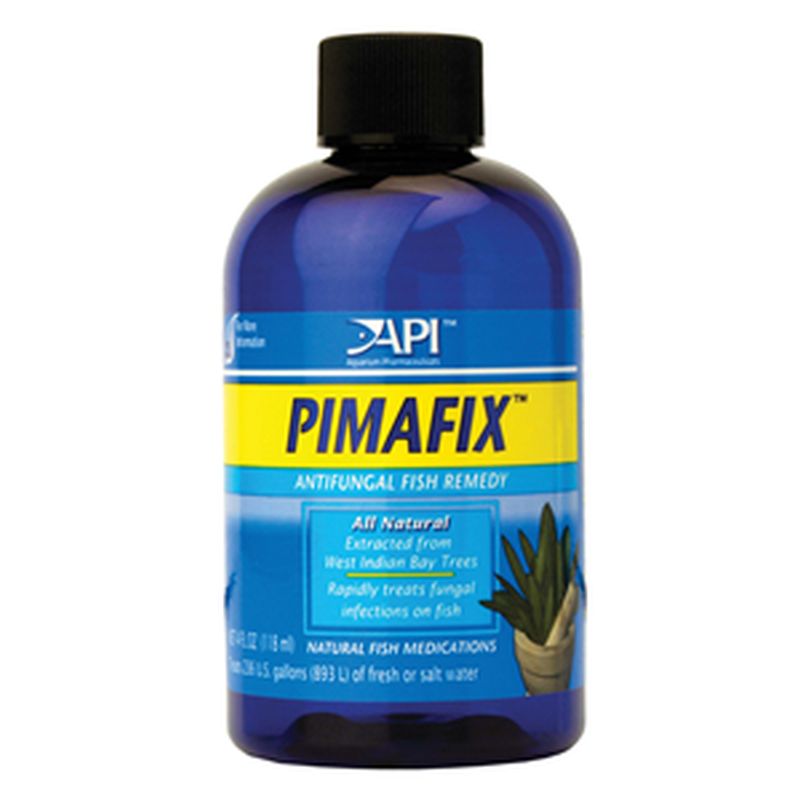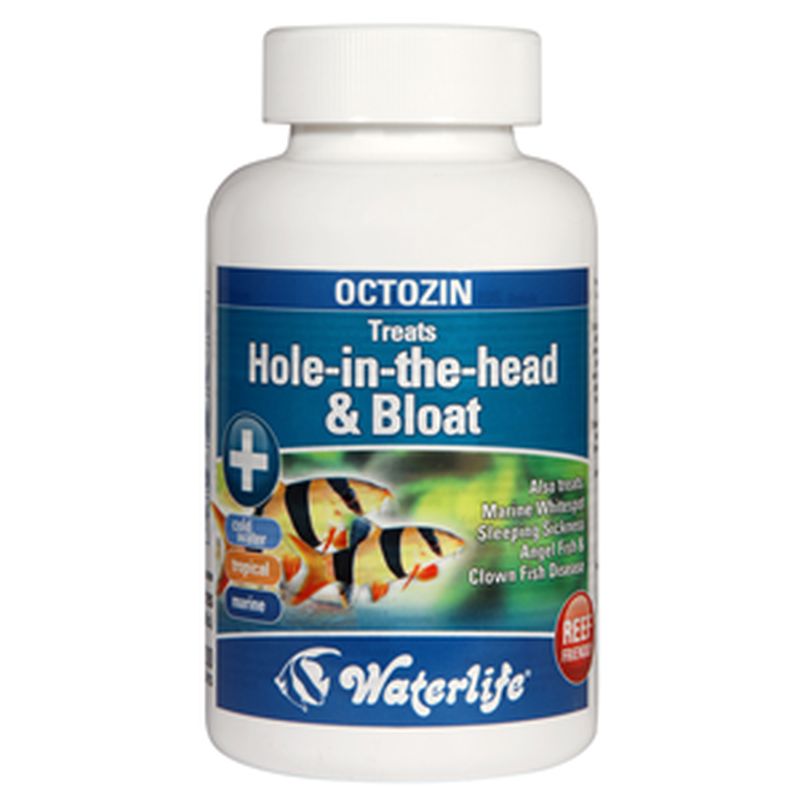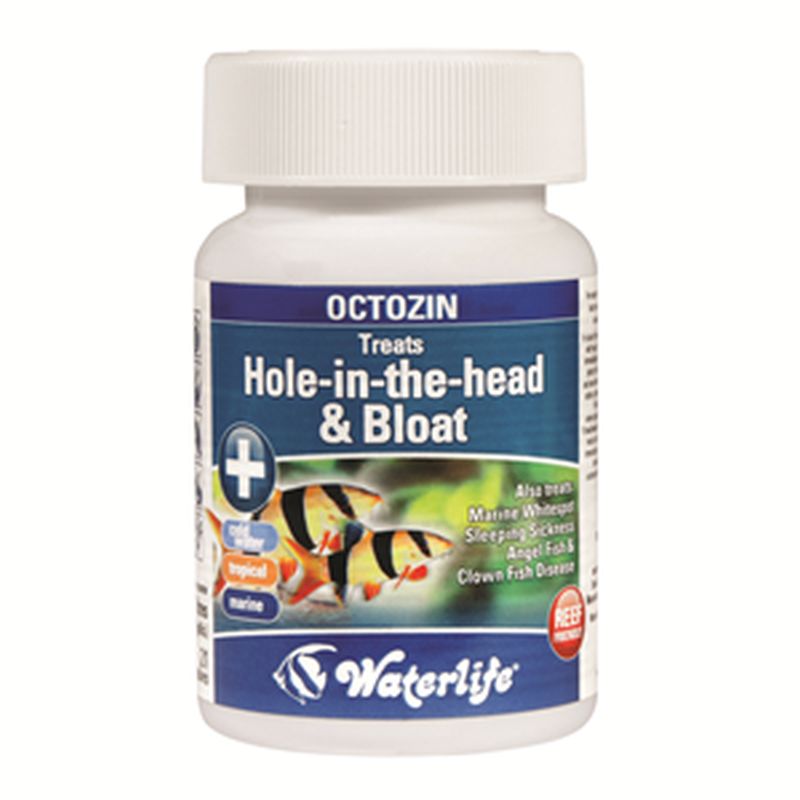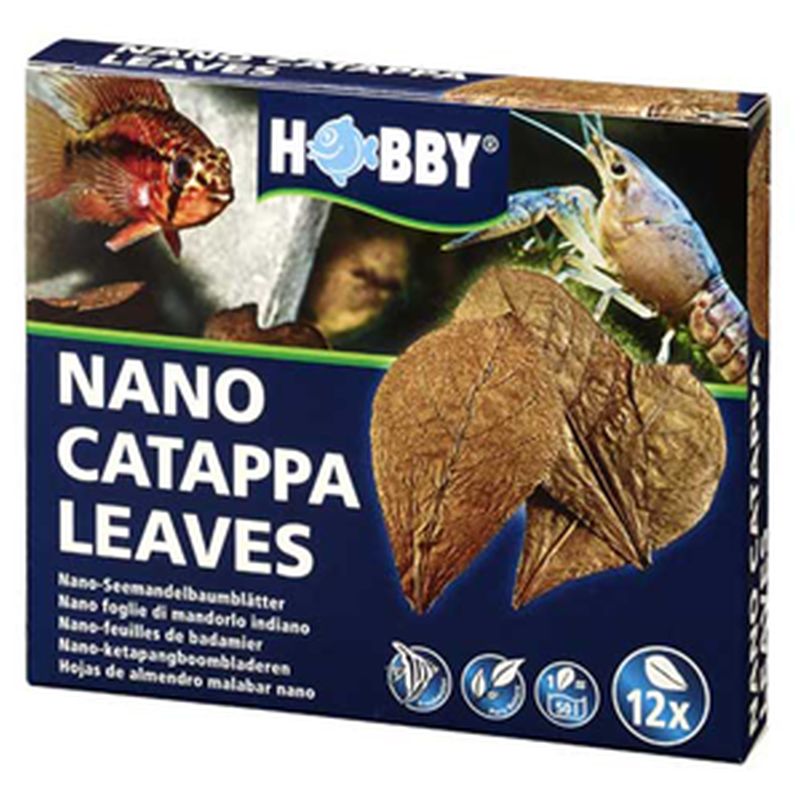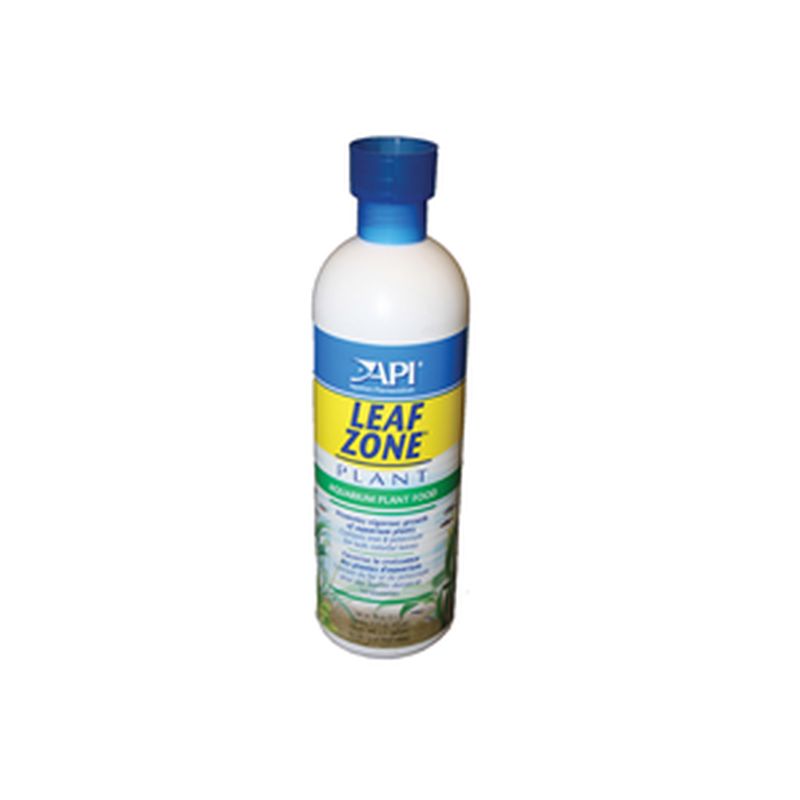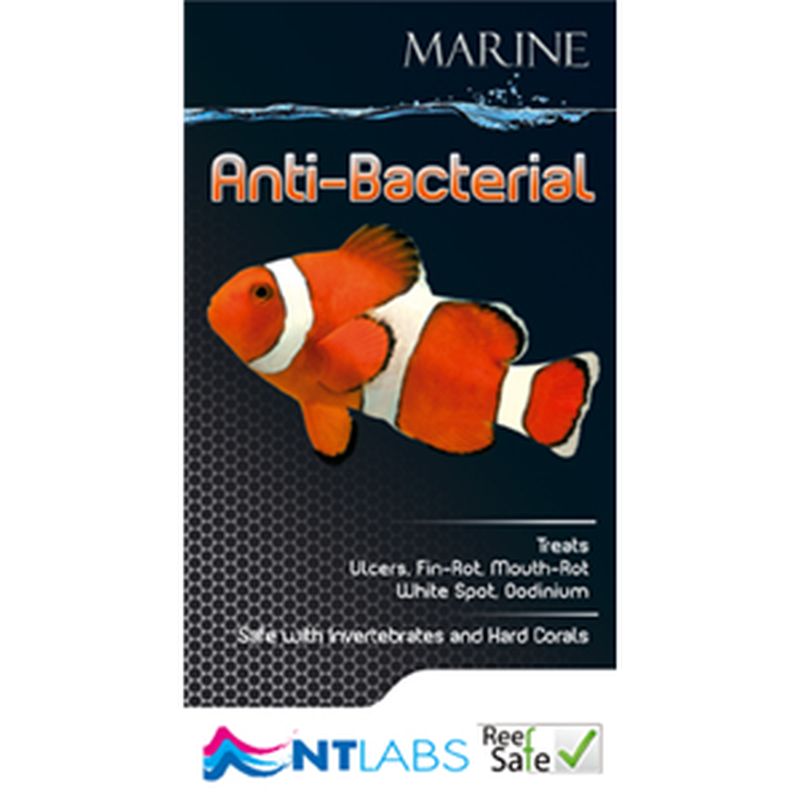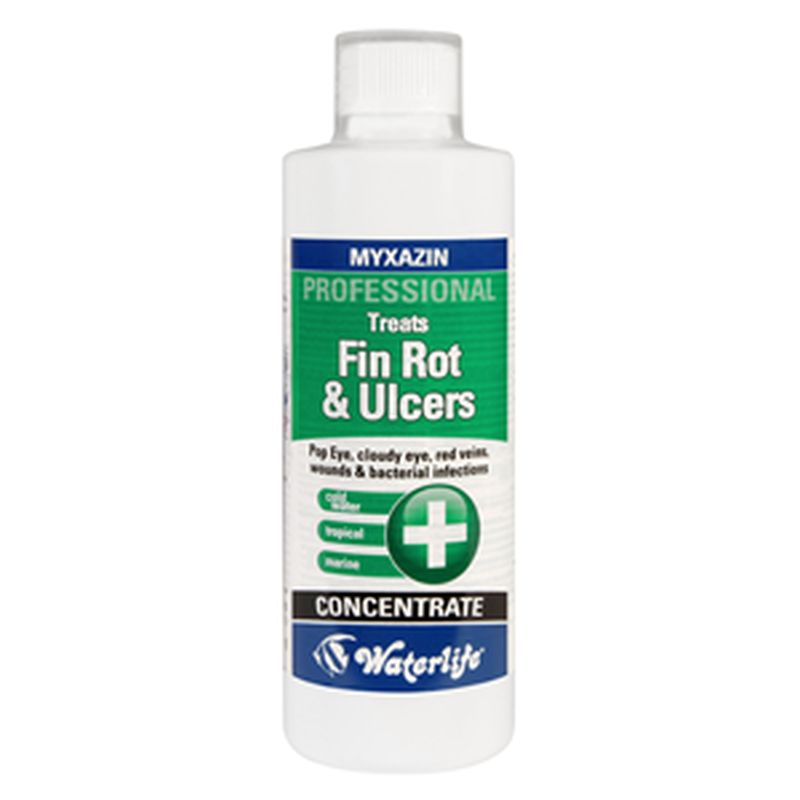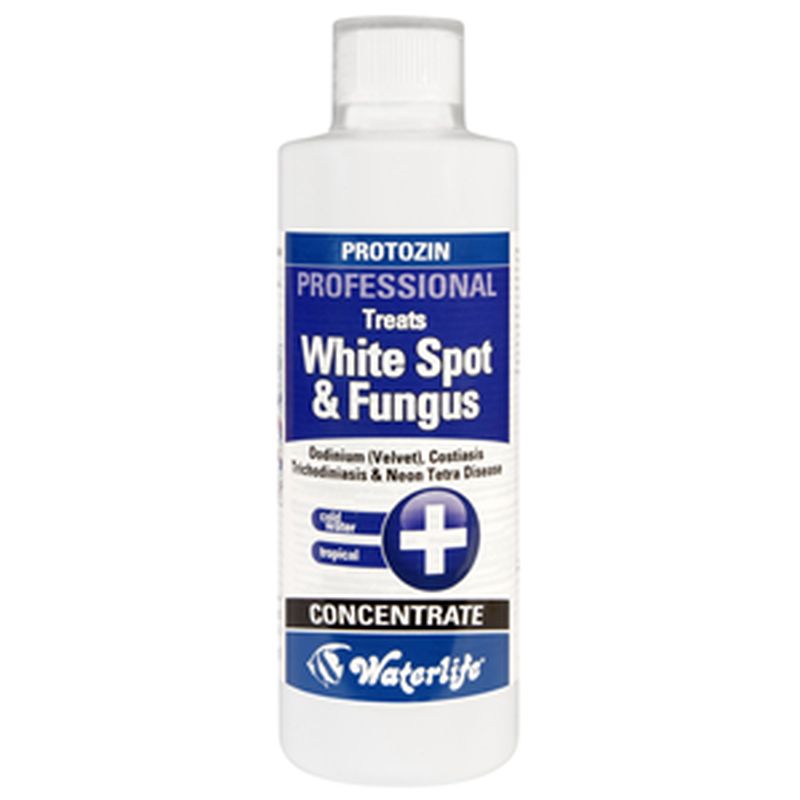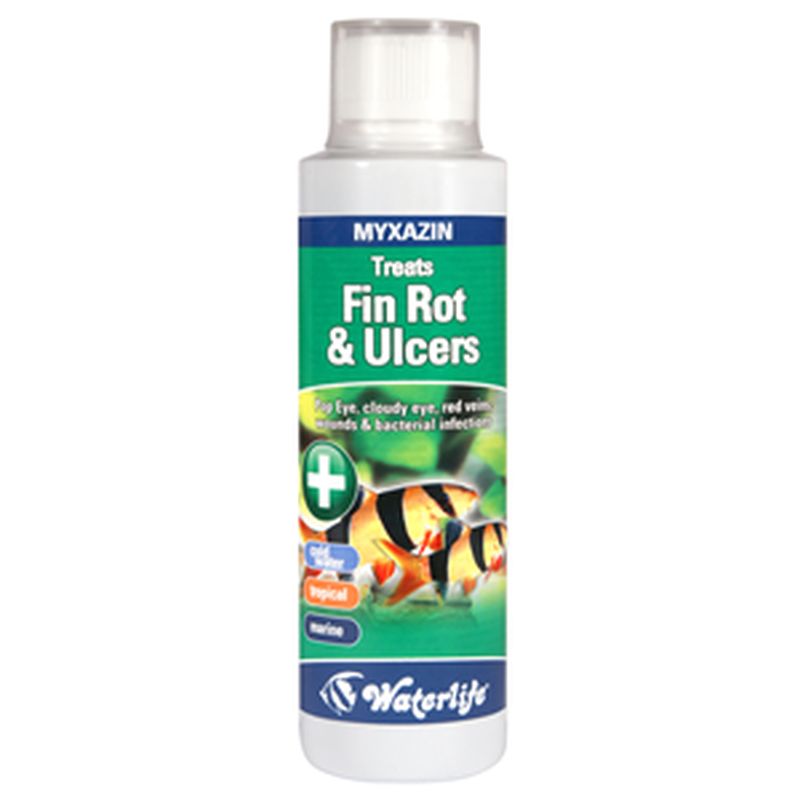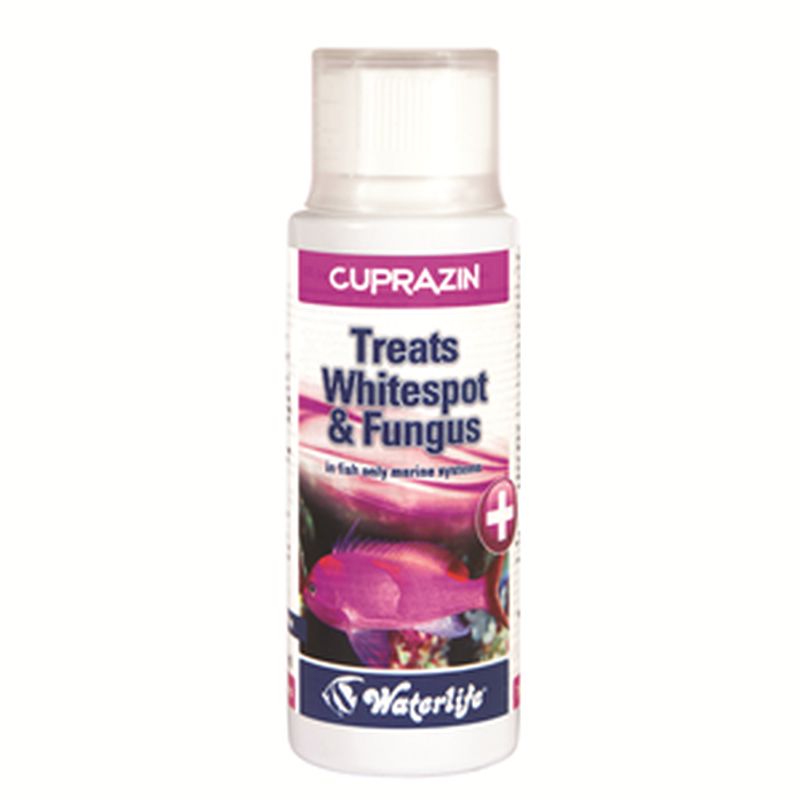
Fish Water Treatments
There are 63 products in this category

King British De-Chlorinator is an easy-to-use water treatment to instantly make tap water safe for fish. All tap water in the UK contains a certain amount of chlorine and/or chloramines, which make it safe for us to drink but are toxic to fish and cause damage to the fish’s skin and gill membranes.<br><br>King British De-Chlorinator removes chlorine, chloramines, heavy metals and excess ammonia, and should be added to any new water you put in your fish tank. In addition, King British De-Chlorinator also contains Aloe vera to help protect and repair your fish’s slime coat, which is their defence against infection and disease.<br><br><b>When to use King British De-Chlorinator:<br></b>• Setting up a new aquarium<br>• Following partial water changes or topping up the fish tank with tap water<br>• When new fish are introduced to help soothe and calm them during their acclimatisation to their new environment<br><br>Suitable for use in coldwater and tropical aquariums.<br><br><b>IMPORTANT: DO NOT USE IN MAIUMS</b>
All plants need carbon to grow. Aquatic plants obtain their carbon through CO2 dissolved in water. With Liquid CO2 Boost, plants will grow more vigorously, removing algae-causing macronutrients such as nitrate and phosphate.
Use daily, or every other day, to provide plants with a regular and consistent supply of carbon.
reen water/algae caused by over feeding and fish waste is unsightly in an aquarium, and can be dangerous as it may alter the pH and oxygen levels. Algae Gone is a single-dose, plant-friendly treatment that will clarify the green or cloudy water in your aquarium. It works by clumping the minute particles together enabling your filter to strain them out.
Algae Gone will also help to lower algae- causing phosphate, thereby promoting a healthier aquatic environment. Use when the water has become green or cloudy.
Certain species of bacteria such as Pseudomonas, Aeromonas and Vibrio bacteria can infect fish internally, causing an array of symptoms.
Use when fish become lethargic, have clamped fins, stop eating and have red blotches on fins or under body.
Certain species of parasites such as Trichodina, Costia, Oodinium and flukes can cause fish to produce a whitish mucus layer, known as velvet or slime disease.
Use when fish appear to be covered in a whiteish film, have damaged fins, show signs of irritation or are gasping at the surface.
Certain species of bacteria such as Aeromonas and Pseudomonas cause fin, mouth and body tissue to be eaten away. Early diagnosis is essential to prevent the infection becoming fatal.
Use when fish have red wounds, ulcers, missing scales, red blotches, rotting fins or eroded mouth tissue.
White spot is a protozoan parasite; the adults live on the fish and appear as tiny white spots. The adult has a complex life cycle which results in hundreds of free-swimming juveniles looking for a host fish to infest.
Use when small white spots, like grains of salt, can be seen scattered on the body of the fish, if the fish are showing signs of irritation and rubbing on objects in the aquarium, fish have a grey, velvety film all over the body, or fish have white cotton wool-like growths on their body/mouth/ fins.
If left, fish waste will build up and become toxic. Filter Starter contains Bacillus megaterium, B. pumilis, B. licheniformis, Paenbacillius polymyxa, Nitrosomonas spp., Nitrobacter spp., and Nitrospira spp. These friendly filter bacteria break down fish waste, making the water safe for fish.
Add to a new aquarium to help ‘kick-start’ the filter, when adding new fish, after a filter clean/water change, or after using a disease treatment.
When to use?
Symptoms of bacterial infections include: reddened wounds, ulcers, missing scales, eroded fins and/or mouth. White, sugar grain-sized spots covering the body indicate marine white spot (Cryptocaryon), while finer white spots are likely marine velvet (Oodinium). External parasites may also show scratching behaviour.
Anti-Bacterial contains powerful ingredients to kill bacteria. When used in conjunction with Marine Paratonical it is the best way of eradicating protozoan parasites in a reef aquarium where invertebrates are present.
When to use?
White, sugar grain-sized spots covering the body indicate marine white spot (Cryptocaryon), while finer white spots are symptoms of marine velvet (Oodinium). Both are protozoan parasite diseases and may cause the fish to rub themselves against rocks or other aquarium décor.
Anti-Parasite uses the tried-and-tested method of chelated copper therapy, boosted by the power of formalin to rapidly control these dangerous parasites. Anti-Parasite is a great choice for fish-only systems or hospital aquariums.
Stunted coral growth and the presence of unwanted algae is commonly an indicator of excessive phosphate in the water. Phosphate is a consequence of fish waste and while phosphate is essential for life, too much is detrimental. Phosphate is often also present in tap water, so can be inadvertently introduced during water changes.
Anti-Phos is a fast-acting, easy-to-use liquid formulation of lanthanum that rapidly detoxifies phosphate, removing it from the water. Anti-Phos should be used whenever high phosphate is detected and following water changes to remove phosphate found in tap water.
When to use?
Following use of Marine Anti-Bacterial, Marine Anti-Parasite or Marine Anti-Fluke & Wormer to support fish recovering from white spot (Cryptocaryon), marine velvet (Oodinium) or skin fluke infections (Gyrodactylus). Paratonical is also ideal for minor wounds and torn fins.
Paratonical is a unique blend of botanical extracts formulated to support the fish with their recovery. Marine Paratonical can be used in conjunction with other medications and can be safely used in the presence of invertebrates.
When to use?
Fish use their swimbladder for buoyancy and stability. When it becomes infected with Aeromonas or Pseudomonas bacteria, it can cause stress, which may result in death.
Use when fish become lethargic, have clamped fins, are unstable in the water, hanging at the surface or lying on the bottom.
Scratching behaviour without signs of white spot may indicate marine skin flukes. Symptoms may also include lethargy and reddened fins. Fish losing weight, giving a “pinched in” appearance, while still having a good appetite is an indicator of internal worms. Clear faeces from a fish’s vent may also be present.
Anti-Fluke & Wormer contains the active ingredient flubendazole, which is exceptionally effective against internal worms and flukes whilst also being very mild on the fish. Marine Anti-Fluke & Wormer is an easy-to-use suspension for fish-only systems or hospital aquariums.
Fish (especially Discus species) are susceptible to internal worms. An obvious sign is when fish become very thin but still continue to feed.
Use when fish become lethargic, fins are clamped, thin looking, gasping and showing signs of rubbing/irritation.
Works quickly to rid fresh water fish of white spot . It adds a slime coat to the fish for further protection and works fast. Fast, effective one dose treatment.
Patented all natural antibacterial remedy: safe even for sensitive fish, reef aquariums and live plants. 30ml treats 227 litres. Can be used as a preventative.
Patented all natural antibacterial remedy: safe even for sensitive fish, reef aquariums and live plants. 30ml treats 227 litres. Can be used as a preventative.
Patented all natural antibacterial remedy: safe even for sensitive fish, reef aquariums and live plants. 30ml treats 227 litres. Can be used as a preventative.
Patented all natural antifungal remedy: safe even for sensitive fish, reef aquariums and live plants. 30ml treats 227 litres
Octozin is a treatment for internal parasites such as those which cause Sleeping Sickness, Hole-In-The-Head, Seawater Angelfish and Clownfish Disease, Malawi Disease and also early stages of Dropsy.
Octozin may also be used to treat Whitespot in reef aquaria where Cuprazin cannot be used. Octozin is harmless to invertebrates and algae when used as directed.
Suitable for seawater , tropical freshwater and coldwater aquaria.
Octozin is a treatment for internal parasites such as those which cause Sleeping Sickness, Hole-In-The-Head, Seawater Angelfish and Clownfish Disease, Malawi Disease and also early stages of Dropsy. Octozin may also be used to treat Whitespot in reef aquaria where Cuprazin cannot be used. Octozin is harmless to invertebrates and algae when used as directed. You will require three separate days of treatment to complete the course. Octozin is active for up to 3 days after the last day of use. Although internal parasites are destroyed instantly, external signs of improvement to the fish may take up to 7 days.
Suitable for seawater , tropical freshwater and coldwater aquaria.
Catappa leaves have been widely used in aquariums in Asian countries for a long time already. Owners and breeders of various fish and animals such as fighting fish, discus, shrimp, crawfish and pecostomus use the leaves for the treatment of bacterial ailments, and also to heal injuries of fish, such as bites or transportation wounds. The risk of wound infections is tremendously decreased when our catappa leaves are being used. The mucous membranes are strengthened.
It is remarkable that bacteria useful to the aquarium are verifiably not impaired when catappa leaves are being used.
When transporting fish, it is strongly recommended to add catappa leaves or a small piece of catappa bark to the water used. This decreases the susceptibility and stress significantly which the animals experience from high concentrations of bacteria.
When it comes to breeding, catappa leaves help promote the mating disposition of your fish, and reduce spawn fungi. By releasing humic acids and tanning agents, catappa leaves create a natural surrounding and increase the vitality and well-being of your aquarium occupants.
Whitespot, Oodinium, Benedenia, Trichodina and fungal infections are amongst the fastest killing organisms in seawater aquaria and therefore, once recognised should be treated immediately. With this in mind you are advised, when unsure of an ailment’s diagnostic background to automatically use Cuprazin as
directed. Cuprazin’s formula is designed to be low stress-inducing, gradually compounding doses
to effective levels. Once this level is achieved, addition of the product may be stopped. Cuprazin should be used to treat all newly purchased sea fishes except sharks, rays, Harlequin Tuskfish, invertebrates, live rock, algae and related species. In cases where these creatures are present use Octozin for
protozoa. Cuprazin should not be used in those systems which contain any invertebrates. This includes crustaceans. Suitable for seawater and brackishwater aquaria.
Leaf Zone® Promotes the healthy growth of aquatic plants. Leaf Zone is formulated for rapid absorption through plant leaves. Contains chelated iron and potassium essential for lush green leaves. Nitrate & Phosphate free Formula.
NT Labs Marine Anti-Bacterial (Reef Safe)
To treat bacterial infections in marine aquariums such as fin, tail, mouth rot, ulcers etc. Useful for treating marine white spot in the presence of invertebrates. NT Labs Marine Anti-Bacterial treatment can be used to treat Oodinium in an invertebrate reef tank and is safe to use where soft corals are present.
Myxazin lowers the count of harmful bacteria in aquarium water, treating Fin Rot, Body Rot, Ulcers, Sores and other bacterial infections. Myxazin will also help to control Pop-Eye Disease, Cloudy Eyes and Mouth Fungus. Myxazin should be used daily until symptoms disappear (typically this would be between 3
and 5 applications). Myxazin can also be used to sterilise nets. Myxazin is mild on fish, highly biodegradable
and effective against a wide range of fish health problems. Suitable for seawater, tropical freshwater and coldwater aquaria.
Protozin is used for the control of all protozoan and fungal infections e.g. Whitespot, Fungus, Neon Tetra Disease, Velvet, Costiasis and Trichodiniasis. You will require 4 separate applications to complete the course of treatment. By adding the treatment on days 1, 2 and 3 the product safely compounds in strength and does not burden the already stressed animals with a hard hitting formula. The final dose on day 6 is a preventative measure to try and ensure the organism does not re-occur. Protozin’s ingredients are highly
effective at treating all its target organisms. Protozin is our best selling disease treatment world wide. Do not use when rays or momyrids are present.
Myxazin lowers the count of harmful bacteria in aquarium water, treating Fin Rot, Body Rot, Ulcers, Sores and other bacterial infections. Myxazin will also help to control Pop-Eye Disease, Cloudy Eyes and Mouth Fungus. Myxazin should be used daily until symptoms disappear (typically this would be between 3
and 5 applications). Myxazin can also be used to sterilise nets. Myxazin is mild on fish, highly biodegradable
and effective against a wide range of fish health problems.
CUPRAZIN - seawater fungicide / protozoacide. Whitespot, Oodinium, Benedenia, Trichodina and fungal infections are amongst the fastest killing organisms and therefore, once recognised should be treated immediately. With this in mind you are advised, when unsure of an ailment's diagnostic background to automatically use CUPRAZIN as directed. CUPRAZIN'S formula is designed to be low stress-inducing, gradually compounding in strength to effective levels. Once this level is achieved addition of the product may be stopped. CUPRAZIN should be used to treat all newly purchased sea fishes except sharks, rays, Harlequin Tuskfish, invertebrates and other related species. In cases where these creatures are present use MYXAZIN or OCTOZIN as an alternative. CUPRAZIN should not be used in those systems which contain any invertebrates.

